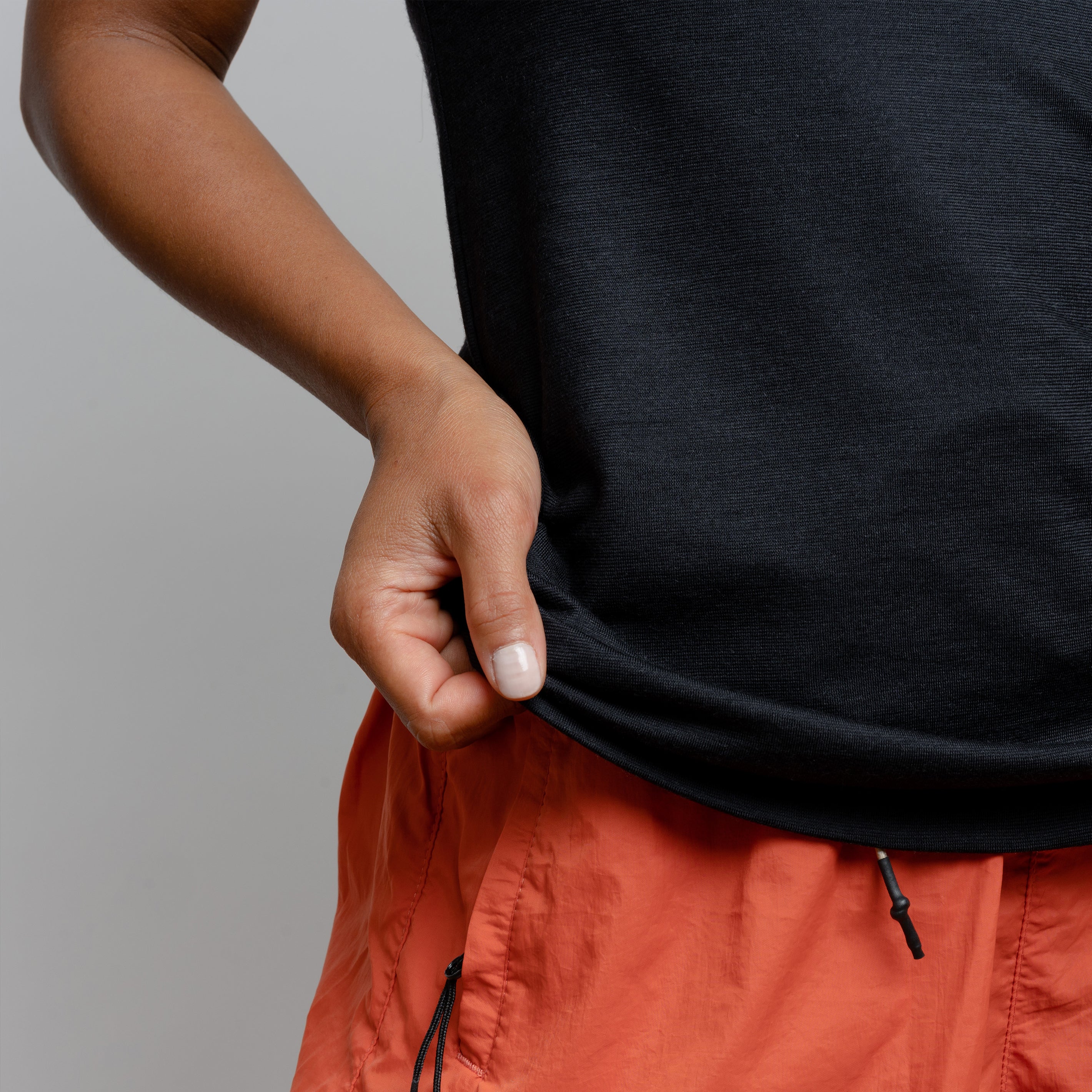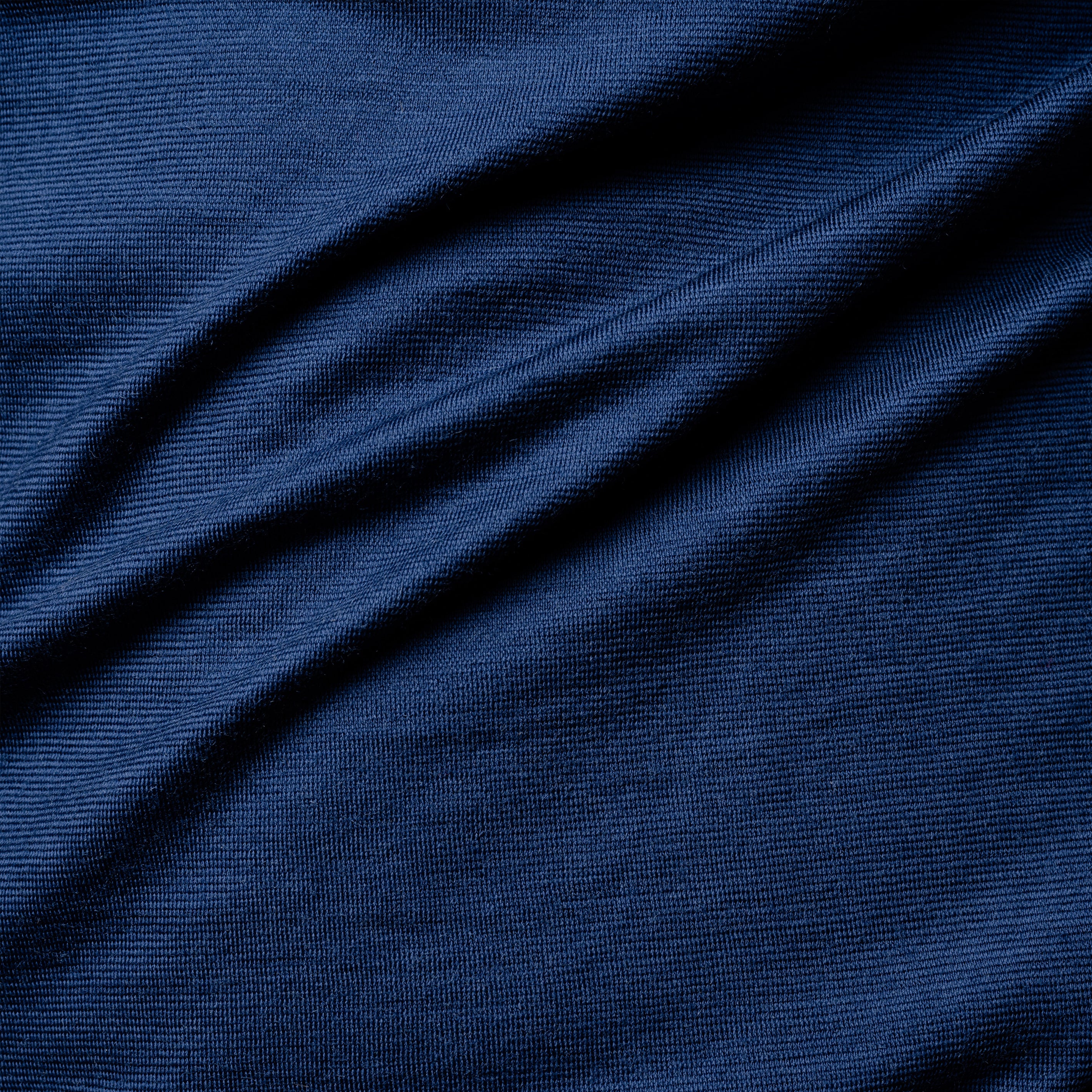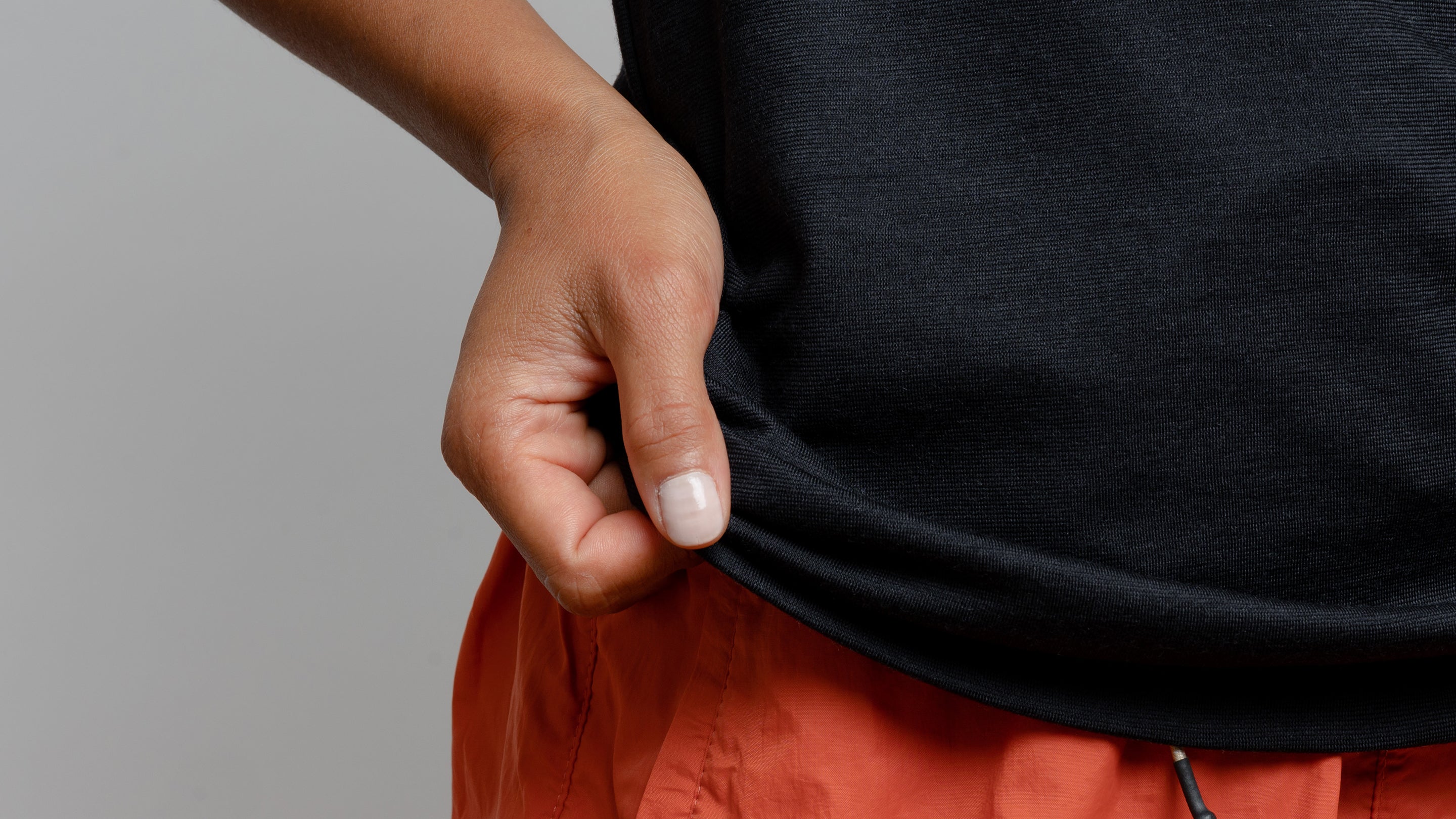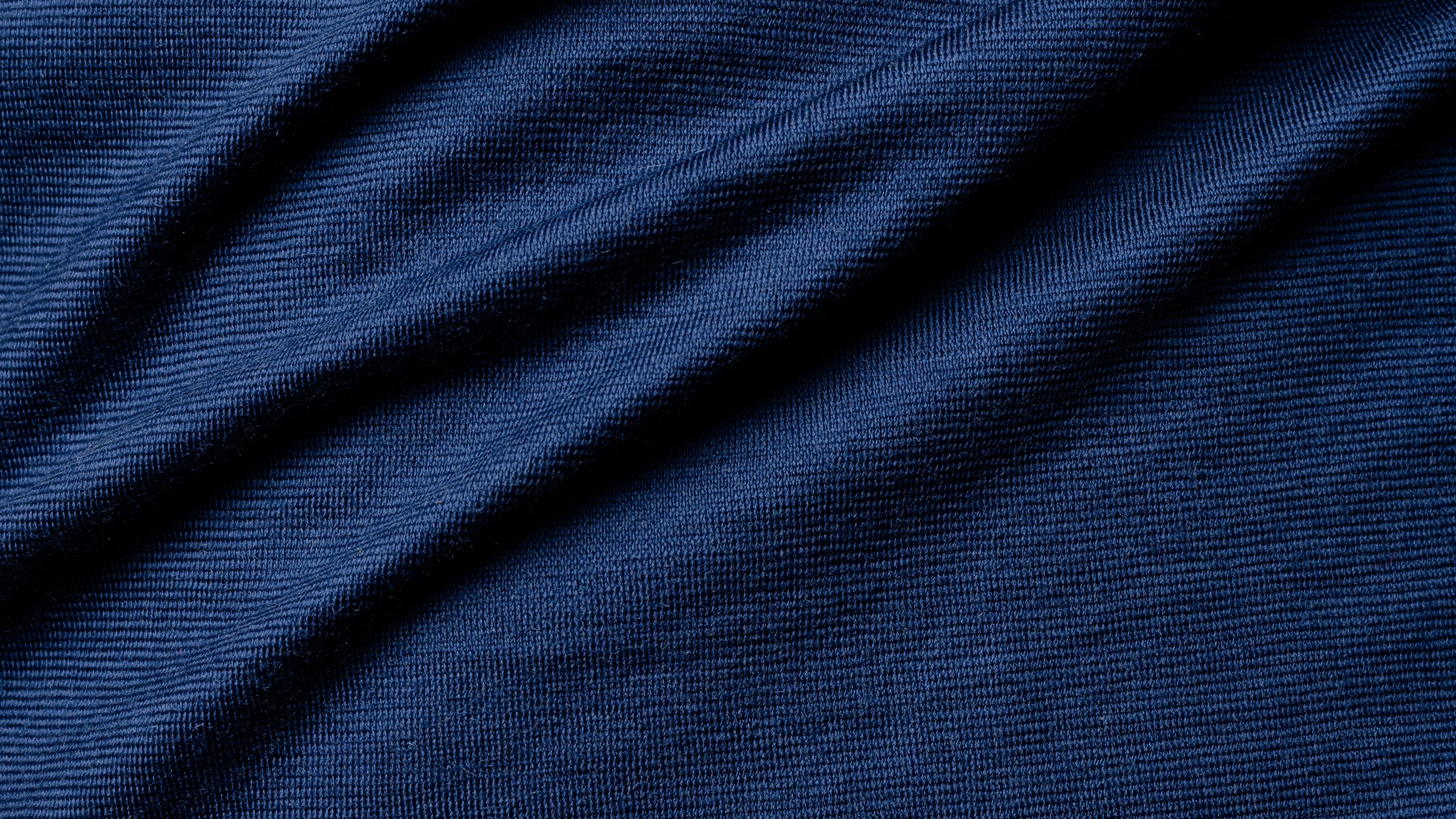Which functional underwear is the most breathable?
Especially in the outdoor area, there are many items of clothing that are advertised as breathable with the label. From the sock to the hat is breathable. But what does breathable mean? What is behind the term?
What does breathable mean?
Do our clothes actually breathe themselves? Unfortunately no, our clothes cannot breathe on their own. Rather, breathability means the water vapor permeability of the textiles, which during strenuous activities wick sweat away from the skin from the inside to the outside. These fabrics repel wind and moisture at the same time. This ensures a more comfortable, drier wearing climate during sports and helps to counteract excessive sweating and overheating. In connection with breathability, the question is what happens to the sweat that our body produces and the regulation of moisture.
sweating while exercising
If we exert ourselves physically, our body generates energy. This is also necessary if we want to move faster than usual when jogging. Our body converts about 20% directly into mechanical energy, the rest is given off in the form of heat. Efficiency is different and the body has to come up with something to cope with the large amount of heat.
The solution to the problem: water cooling for the whole body. Sweat glands from head to toe secrete sweat and prevent overheating. With an average load, 200 to 700 milliliters of sweat are produced per hour, with extreme loads even up to 1.5 liters of sweat per hour.
If the sweat stays on the body, it can become uncomfortable. It is clear that it does not feel great when damp clothes stick to the skin. Heat can also build up between the body and clothing, or the body can cool down uncomfortably. So the question arises: what happens to the sweat?
Our clothing should be able to wick moisture away from the skin. That's exactly what breathable clothing is, it lets the water vapor out. How breathable a garment is can be measured. Water vapor in grams per square meter over a 24-hour period. So if you have a breathability of 3,000, 3,000g of water vapor can escape over a square meter of clothing within a day.
How is breathability measured?
There are two test methods for measuring breathability. The MVTR and RET method. Here is a brief look at the methods.
Moisture Vapor Transmission Rate (MVTR)
As previously described, the amount of liquid that evaporates over a certain period of time is measured. The MVTR test is not clearly standardized, so the results can vary with different test and laboratory conditions with different temperatures and humidity levels. The air permeability of the fabric is also not taken into account.
Resistance to Evaporation of a Textile (RET)
Here the force required for the water vapor to get through the textile is measured. During the test, the garment is exposed to water vapor, which simulates perspiration. Since the test is carried out in a climate chamber, it is considered to be relatively independent of fluctuations in temperature and humidity.
How is breathability specified?
Important: MVTR and RET are only to be understood as guide values when selecting a product. In everyday outdoor practice, the conditions in the test laboratory in terms of air pressure, temperature and humidity rarely match. There is also movement and wind, which often makes deviations from theory to practice the rule. Nevertheless, a rough orientation is possible.
|
breathability |
MVTR |
RET |
|
Bad to not breathable |
Less than 3,000/m²/24h |
Greater than 20 |
|
Sufficiently breathable |
From 3,000/m²/24h |
13 - 20 |
|
Well breathable |
10,000/m²/24h |
6 - 13 |
|
Very breathable |
15,000 to 40,000/m²/24h |
0 - 6 |
Cotton, synthetic fiber or merino?
In order to effectively wick sweat away from the body, all the layers you wear must be coordinated. You can find out exactly how this works here [LINK: onion principle]. It is important how quickly the material repels moisture and not how much it can absorb. Cotton quickly draws sweat away from the body and also stores it quickly. This prevents continuous moisture transport and is therefore not well suited.
Synthetic fibers, on the other hand, work much better than polyester or polyacrylic, for example. Even at 20 degrees Celsius and 65% humidity, polyester absorbs only 7% of its own weight in moisture and dries again very quickly.
Merino not only impresses with its soft, pleasant wearing comfort, but also with the properties of the fibers. The wool absorbs up to a third of its weight in moisture, wicks it away from the skin and dries quickly. Due to the odor-inhibiting effect, you always have a very good microclimate with merino wool.
Conclusion
So breathability is all about how best to get rid of moisture from the body. Depending on the material, the water vapor can be transported away better or worse. Clever combination of the different layers of clothing is also important. You can use the two test methods to get an idea of how breathable a piece of clothing is when you buy it.

Frequently asked questions about merino wool
Back to all questions
Properties of merino wool
Learn more
Production of merino wool
Learn more

















